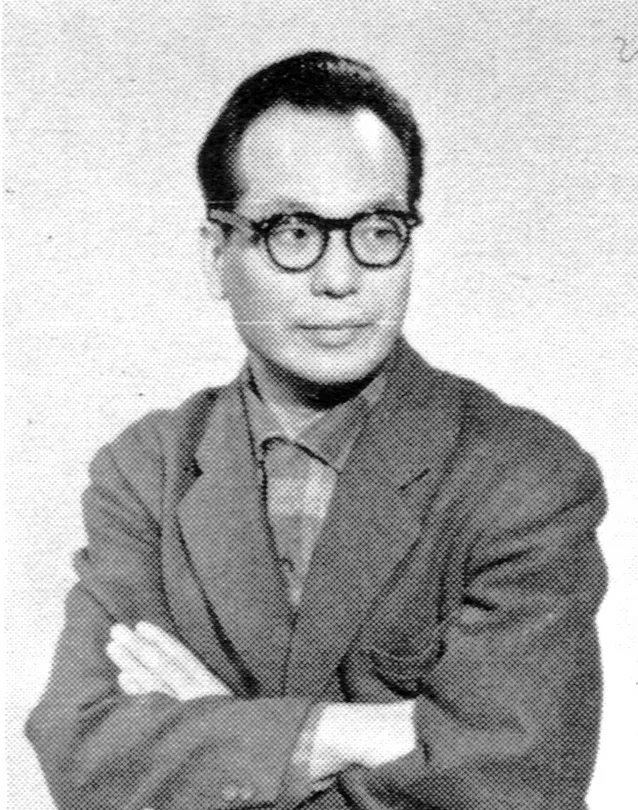

Information
Content includes:
The Beginnings of Landscaping Painting in Italy (Prof. Enzo Carli)
Christmas and New Year’s Greetings (H.U. Gasser)
Munari (Giulia Veronesi)
Illustrations for Children’s Books(Hans-Friedrich Geist)
World Geo-Graphic Atlas (Prof. Dr. E. Imhof/Herbert Bayer)
Luciano Baldessari (Francois Stahly)
Paul Flora (Manuel Gasser)
Serbian Peasant Graves (Olga Jevric)
Details
Linked Information
